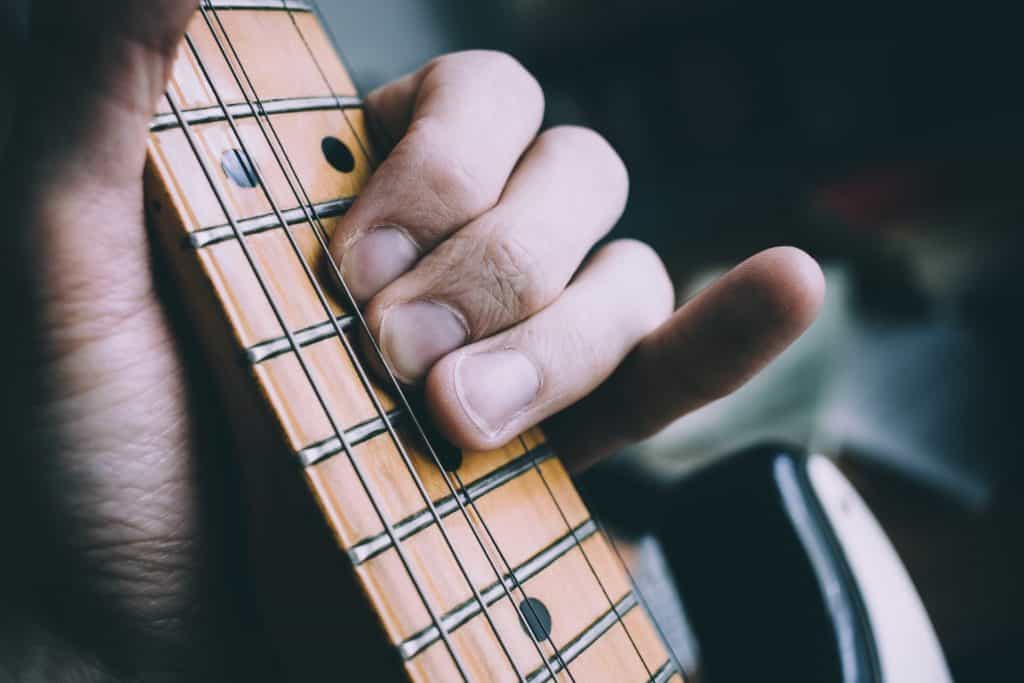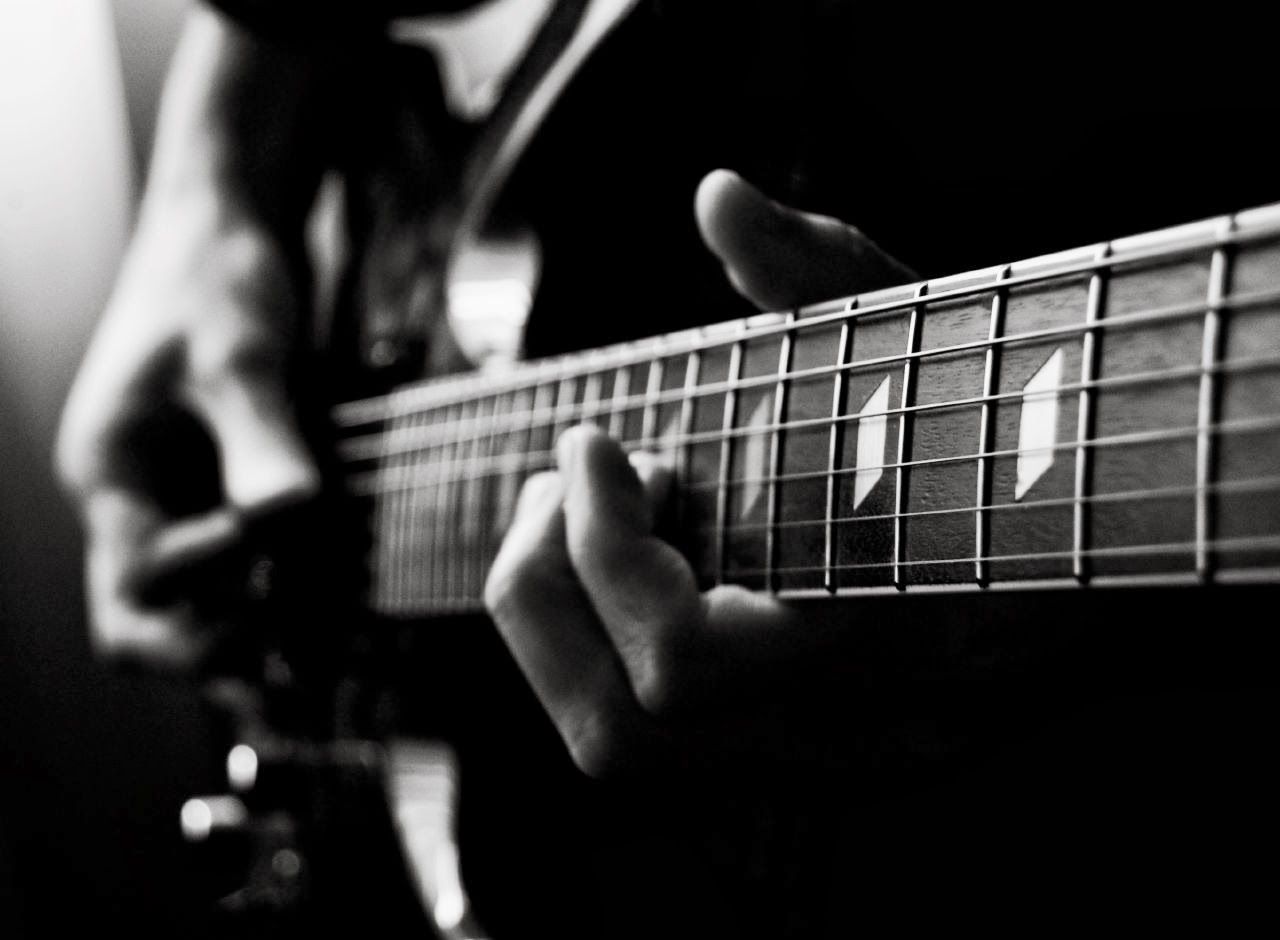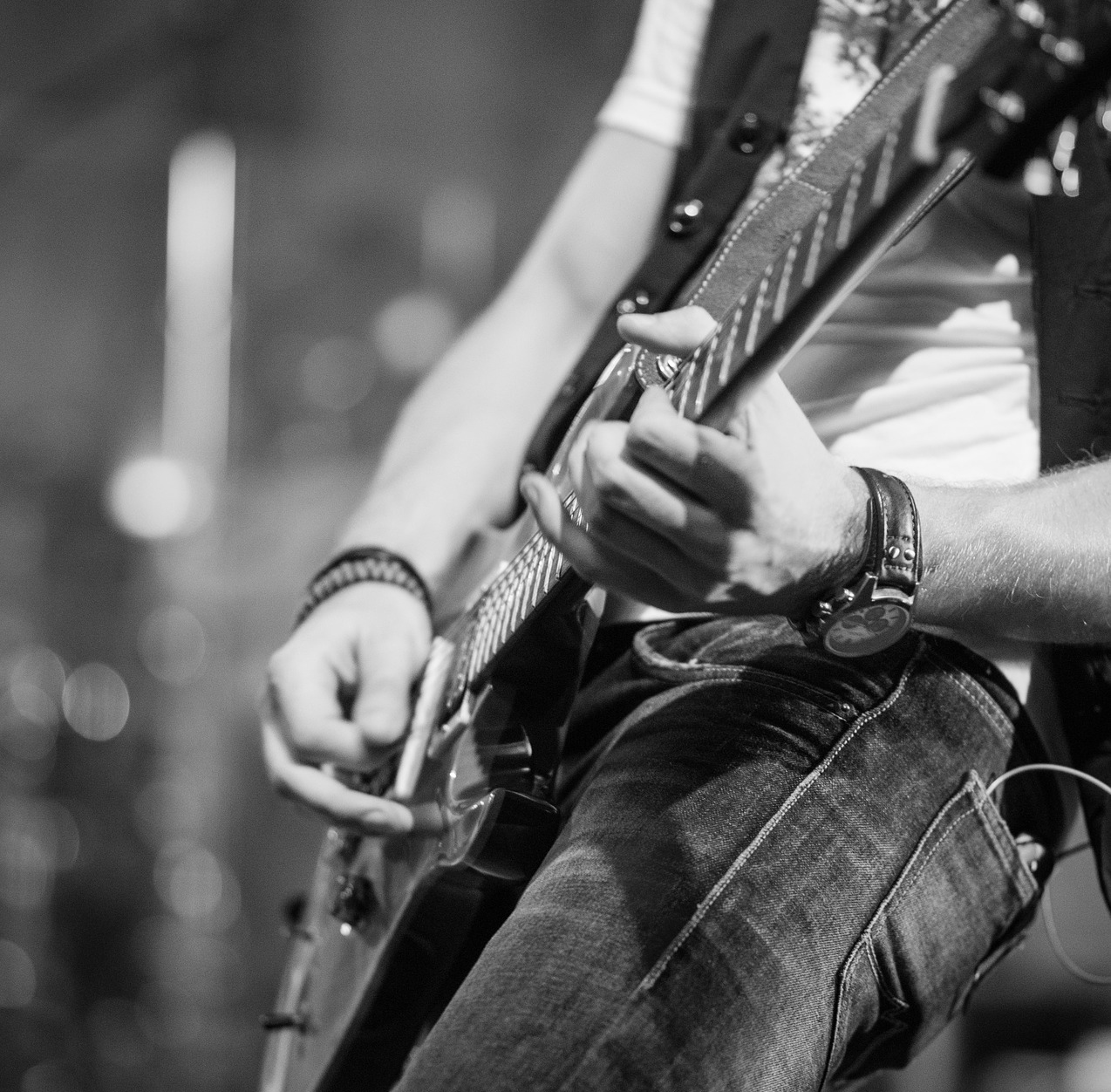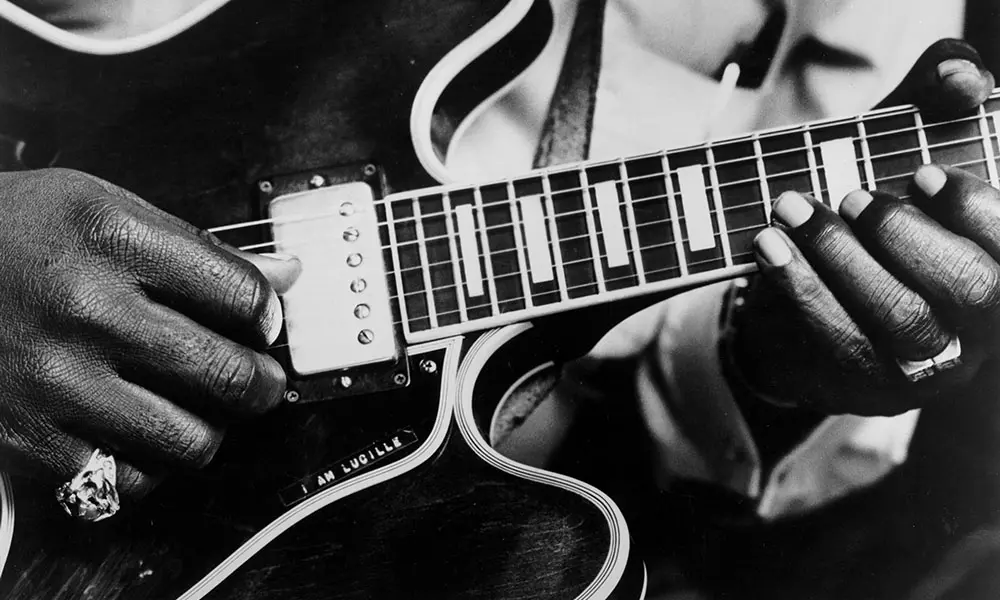Introduction
No doubt that playing guitar solos are one of the highest aspirations a guitar player can have, we all heard amazing guitar solos that are so inspiring that make us want to do whatever it takes to be able to play them, right?
You may be in a situation where you don’t know where to start or how to have a better understanding of how guitar solos work. Keep reading and you will embrace really cool concepts that will make a difference to your approach to them!
1) But What are Guitar solos Anyway?

To begin with, we can say that guitar solos are instrumental parts, and as such they provide a great opportunity for the guitar to abandon the accompaniment role and be more of a leader.
Guitar solos fulfill a really important role in the song, (no... not to show off man!) In any song with vocals, the song gets to certain points where a vocal break is needed. Not only from the singer/vocal perspective (to rest) but also for the song construction sake...
Imagine if you hear a song with no instrumental gaps...it would be terrible! But guitar solos can give those breaks, and keep the song interesting at the same time. That's why we need to make sure they are well crafted.
There are a great number of different possibilities in solos, but something we know for sure, is that guitar solos always need to be aligned with the style of the song.
Music doesn’t lie. If there is something to be changed in this world, then it can only happen through music - Jimi Hendrix
Check out our No.1 recommendation for learning guitar here.
What Kind of Solos are There?
Melodies - Some solos are basically melodies; an already used melody in the song, or a new one, is presented in a highly expressive and embellished way.
Improvisation – There are cases where guitar solo sections are basically left out to the interpretation of the player at a specific time. (this happens in Live situations mostly)
Guitar solos can also be musical segments based on:
Scales – Here you won’t find a clear melody, you will find passages based in ascending or descending scales.
Arpeggios - Sometimes by playing chord arpeggios in the high registers of the guitar where they stand out, it can be a great way of approaching a guitar solo.
An Expressive Element – Some guitar solos are based on a very distinguished expressive element; a good example can be a whole tone bend at the beginning of every measure. Just that one expressive element provides sufficient material to sustain the instrumental part.
All these elements put together, give shape to a whole identity to any guitar solo.
Can They be Used for a Purpose?
Yes! and in fact they always do. Some guitar Solos are used to install new keys to a song for instance, or sometimes they help to establish a new rhythm in the song.
There are other scenarios where guitar solos are intelligent ways of driving the song, but for now, just know that your guitar solos need to be mindful and not just notes thrown out there hoping they make sense.
2) Improve all Aspects of Guitar Technique.

One of the most evident things about guitar solos is that your own playing will be far more exposed, so make sure that whether you are making a guitar solo yourself or learning a solo from an artist you like, have a good comprehension of what is happening in the harmony and in the melody. Also, Make sure you approach whatever technique is required the right way.
Know the Scales Well; Knowing the scale of the solo you are playing is crucial, it’s like knowing French in Paris. Not being able to situate yourself within a given scale will complicate things a lot.
Use them in your favor...Use a guitar solo that you like to learn and study it’s scale perfectly. All major and minor scales are a good starting point.
Guitar Technique: Guitar technique is such a big field...there are so many techniques and different ways to approach how you play. But don’t let anything frustrate you, if you are just starting, just try to identify the exact technique that is required for the solo and dive into it with patience. .
Some of these techniques can be...
- Sweep Picking
- Tapping
- Alternate picking
- Economy Picking
- Playing natural harmonics
- Playing artificial harmonics
- Guitar Expressions (pull offs / hammer ons / bending / sliding and many more)
For all these techniques, you can find good resource books about them or videos that explain them, there is really a lot out there!
Why don’t you watch this great video to start opening your mind to this!
3) Be Equipped with as Much Guitar Licks You Can.

This is really good advice, as you start learning solos try to memorize some fragments that will sooner or later start becoming part of your own playing identity.
Guitar playing, in many cases can be thought of as little melodic cells that are called “Guitar Licks”. Once you know a good number of them you will realize that you can start combining them and playing them one after the next.
A guitar solo can be also thought of as a series of guitar licks... So the more licks you know, the more you’ll have “speech material” for your solo.
Guitar Licks
These little segments of highly expressive playing (mostly between 3 to 7 notes) are very distinctive to the style, and that is super important to know!
There are guitar licks that sound Bluesy, other sound Hard Rock, others sound Heavy Metal, others Funky...anyway...you will always need to have control of the style, so select your licks accordingly.
Guitar licks mostly don’t work in all styles...in other words... playing a blues lick in a metal song will sound horrible... so always dedicate time to learn that guitar licks that fit your style.
Once you know some interesting guitar licks, try to see if you can change them... see what happens If you change a note here or there...actually...that is the beginning of improvisation!
Have a look at this video – you will learn some easy and cool guitar licks
4) Have a Plan
When creating a guitar solo, don’t just randomly play some notes or licks in the right scale or key...I mean...it’s ok in the start...but try to have a plan or roadmap to your solo.
Think of your solo like a mini-song on itself, where you will present some elements first then some others...you will change dynamics, you will transition to or from different expressive elements.
Solo vs Improvisation
If you are constructing a guitar solo, then you need to establish it in logic. Leave improvisation for jams or live situations.
Build a Roadmap for Your Solo
Take the time to build momentum... don’t show everything you know in the first measure. Don't be impatient to play your favorite licks, take the listener through a journey to get there...prepare the listener’s ear to the greatest melodies.
- Consider starting in a lower octave and then move upwards
- Start with lesser notes, and then increase the rhythm density.
- Think of adding or installing a climax within your solo (highest expressive moment)
- If you are changing keys after the solo...will it be abrupt or will it be prepared?
- Can you sync musically with any other instruments during the solo? maybe with a bassline or a drum fill...solos get really interesting when in a particular moment the guitar joins the other parts playing similar passages.
- Contrast some elements “licks” like if they are in a dialogue.
5) Be Highly Expressive

The reality is that in guitar solos, expression is everything! so be ready in a very organized way, to take all your ideas to their full potential by adding tons of expression to them.
Very simple (dumb) lines, melodies or licks can be super effective when interpreted with expression.
Keep in mind that playing with a lot of expression does not mean using all expression tools available all the time everywhere.
Select what expression tools will bring character to the part, and then stick to it. Example; (don’t slide into an initial note, then bend into it, then hammer on into it...then...) allow your solo to have identity.
Use rests or pauses! Don't play all the time!!! Imagine that you are a singer or a wind instrument where you need to breathe between melodic phrases. So, in other words, divide your musical speech into phrases with a certain length. (otherwise your solo will sound just like the people that talk and talk...)
If you don’t separate with silence your ideas, the listener will not be able to identify them.
Be original, just because you like an artist it doesn’t mean that you are them! Let us hear their influence in you, and not them in you.
If you like shredding, great! create special moments for that beast to be unleashed...but always keep control and be in motion of you solo roadmap. What good is power if you can’t direct it over something right?
6) Be Conscious About Your Tone
Just like you spend time learning technique, theory or new songs, take some time to work on your guitar tone. These can be harder than it looks.
If you are completely lost in this matter, many artists share what gear and settings they use for their albums or live settings online. Another option is to ask a friend that is a guitar geek to show you what they know, most of these guys enjoy a lot of talking about guitar pedals and audio equipment.
I’ve seen many super good guitar players sound like crap, in fact I was one! Believe me, all the efforts of learning guitar or guitar solos can be thrown away rapidly if your tone is not there.
Identify the guitar effects related to each music style, so you can try to mimic it.
- What kind of amp to use?
- How much distortion, what are the side effects of distortion.
- What kind of delay and how much?
- Do I add a lot of reverb?
- As you are selecting the effects for your tone, NEVER lose perspective of the song style.
Here is an example video of Guitar tricks course. Sign up and get it free for 2 weeks.
7) Summary
Try to enjoy every phase of improving your soloing style, start with solos that are accessible and progressively try to play harder ones.
If you like the idea of creating your own solos, in this article you have many concepts that will help you out to begin and expand your ideas.
Use the solos you learn as lessons or opportunities to explore their ideas and technique.
Recommending books or material to learn solos is something that is very relative to the style, so to begin with, make sure you are very familiar with scale positions (major and minor) and chord construction. All solos have their foundation in this.
Lastly, listen to as many guitar solos as you can in an active way, this means thinking about what is taking place as you hear them. Filter what you hear through the material described in this article and see what applicable points you can find.
----
Author:

Leo, an entrepreneur and a marketing director for tech startups in SEA, founder of https://sixstringtips.com , a music website providing and sharing trust and useful information to help people easier to choose musical instruments and learn to play guitar, violin, ukulele,drum







